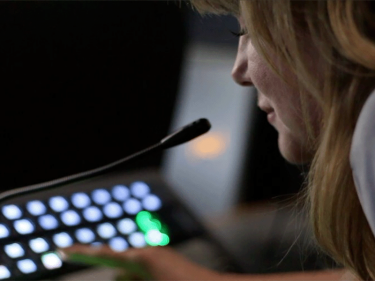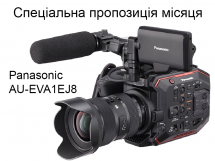| Óêðà¿íñüêà | English | |||||||||||
|
|||||||||||
| News | About company | Service-centre | OB Van/SNG Rental | NextGen Energy Solutions | Contact us |
|
|
Engineering Service, Inc.
» News News Broadcasting is still behind IT when it comes to cloud adoption but there are parts of media and entertainment—playout and post-production in particular—that have embraced the virtual platform as a way of decentralizing and streamlining operations. The same, however, cannot be said for intercoms, an area that still has high demands in terms of real-time connectivity and is mostly holding on to its established hardware-based methods.
As with so many things in life and work, the pandemic changed the view of many on this point. Among them were several broadcast organizations. During the last 18 months or so broadcasters are increasingly looking at cloud and virtual intercom solutions in order to provide an effective means to communicate as they develop new broadcast production workflows. The main objection to using the cloud from traditional, hardware-oriented intercom developers is the potential for a complete loss of communications if something does not work properly. "When everything is down, the intercom still needs to work," comments Nico Lewis, senior sales manager for EMEA at RTS Intercoms. "Consider a live television show: A camera fails or a microphone fails and the audio operator can't hear the guest. ‘No problem, we'll just tell the technical director to take another camera and the audio operator will ask the stage manager to get a spare microphone to the talent.’ “But—'What do you mean, no one can communicate these simple instructions?'” Lewis asks rhetorically. “Intercom is the critical component and therefore we wait [in using the] cloud till the last moment. Or maybe do not do it and keep it connected in our established way using OMNEO [RTS' media networking system]." Lewis does concede that "the future will tell," about cloud adoption for comms, however we sees the eventual move to cloud as unavoidable. In terms of reliability in the cloud, it is clear to understand that losing connection to a virtual platform would "leave you without intercom," but adds that if a production was using a wider cloud system, its problems would be bigger than just communications. If you are using remote intercom panels with a matrix-based system and relying on the internet to connect them, losing that connection would also take your comms out. The answer to whether or not the cloud does become part of intercom systems—or the entire infrastructure—could lie in recent history. There was some resistance to audio over IP (AoIP) as the basis for comms but now that is well established. Matrices and traditional party lines have not gone away yet but AoIP, particularly in uncompressed form, is being widely used for intercom, with Dante, AES67 and SMPTE ST 2110-30 providing the backbone for many installations. If the cloud follows a similar route, then its wider-scale adoption seems more likely. « To the list of news |
|
|||||||||||||||||
 |
+38 (044) 593-18-20 +38 (073) 593-18-20 +38 (096) 532-96-82 +38 (095) 532-96-82 Service center Telegram @Engineer_Service |

|
|
|||||
 |
e-mail: engineer-service.tv 15 Vavylovykh str., Kiev, 04060, Ukraine Authorized service centre of Panasonic, Sony, JVC, Fujinon, Canon |
|||||||







